Updated March 15, 2024
If you use USB public charging stations at an airport, hotel, convention centre, shopping mall, coffee shop, or transport hub, do you need a USB data blocker? The short answer? Definitely!
Table of Contents
What is a USB data blocker?
A USB data blocker is a small gadget that blocks the data pins on your charging cable. It’s sometimes referred to as a ‘USB condom’ or ‘juice-jack defender.’
Do you need a USB data blocker?
Hackers can introduce malicious malware through USB ports at public charging stations. The practice, known as juice-jacking, refers to the stealing of your data in this way. It puts sensitive information such as passwords, financial details, and emails at risk, deliverable to the cyber hacker in the blink of an eye.
A USB data blocker creates a firewall between your mobile device and the USB port of the public charging station to block data flow and provide a protective layer of security. The power pins are unaffected; the charging capabilities remain intact.
Do you need a USB data blocker? You do if you use USB ports at public charging stations.
What is the best USB data blocker?
There are several USB data blockers on the market. Some companies order a supply bearing the company’s logo and distribute them at trade shows or conventions.
Tech sites consistently rate the PortaPow 3rd Generation USB Data Blocker as the pick of the pack. Based on the stellar reviews, and the revelation that the PortaPow is the choice of governments of the USA, Canada, UK, and New Zealand, this was my choice.
I was encouraged by the description of the built-in SmartCharge chip that detects the type of device and automatically switches between Apple, Universal, and Samsung charging specifications, thus enabling the fastest possible charging speeds.
PortaPow offers both USB-A and USB-C data blockers.
How to verify a USB data blocker is working
Connect your phone to your computer’s USB port with your charging cable. On my Mac, my iPhone appears in the Finder sidebar under ‘Locations.’ It’s a first step in allowing me to transfer data between the two devices.
Then, connect the data blocker to your charging cable and insert the USB data blocker into the USB port on your computer. On my Mac, my iPhone disappears in the Finder sidebar. This indicates that the USB data blocker is preventing data transfer but allowing charging, confirmed by the active battery icon on the phone’s home screen.
Why I use a USB data blocker
When travelling, I use a USB travel charger with international adapters. This allows me to pack only the adapters I need, and leave the charging blocks of my phone, tablet, and camera at home. Besides, USB ports in many public spaces are more common than AC outlets, and a USB data blocker allows me to charge my devices securely.
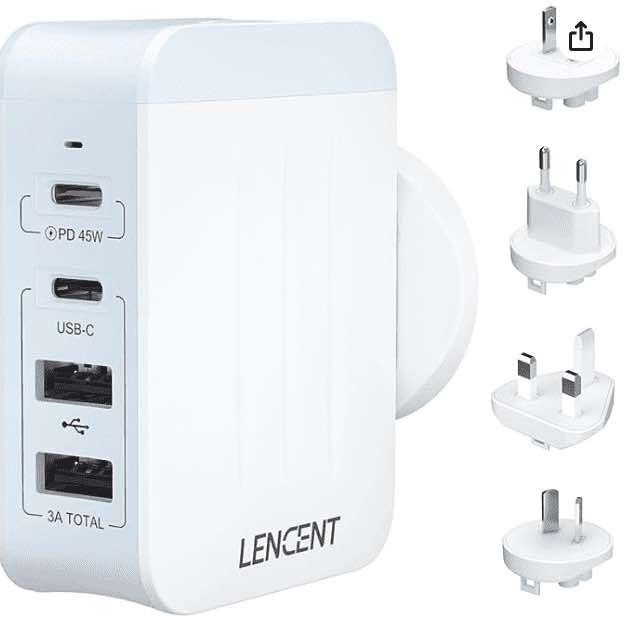
Other ways to protect your data
1. Use your own charging cable
Never borrow a cable or use one from a charging kiosk, hotel, or coffee shop. A compromised charging cable can introduce malicious juice-jacking malware to your device.When plugged into a device, it allows a nearby hacker to run commands as if they were sitting in front of the screen.
2. Use your own charging blocks
Ignore the public USB ports and plug into an AC outlet using your own charging block. This assumes an AC outlet is readily available. Data can’t be transferred via electrical outlets, so using a charging block keeps your device safe from malware or data transfer.
3. Use a VPN
A Virtual Private Network, or VPN, is accessed through an app downloaded to a phone, tablet, or laptop. After signing in, a device’s internet connection is routed through one of the remote private servers within a VPN host’s worldwide network. The remote server may be in another city or country. It has its own IP address; the user’s IP address (and thus a user’s identity and location) is hidden from view. It allows a user to adopt the host’s IP address and cruise the internet with anonymity.
When a device is connected to a secure VPN server, internet traffic goes through an encrypted tunnel. Data travelling through the tunnel is protected from the prying eyes of hackers, businesses, governments, and a user’s internet service provider. For more information, see 5 Critical reasons why you need a VPN when you travel.
I use NordVPN. When accessing the internet from a hotel, airport, or coffee shop, I can check my bank and credit card accounts, book and pay for travel online using a credit card, and access my email and social media accounts with confidence.
4. Pack a fully charged external power bank
Keep your device’s power topped up using your own power source. Carrying a portable power bank means you don’t need to rely on public charging stations that could be compromised.
I like the TG90 10,000mAh Power Bank. It meets my charging needs and is light enough to carry in a purse or day bag. It has similar dimensions as my iPhone and with its built-in flexible charging cables, it charges my phone while sitting inside my purse. Fo more information, see Pack light with a travel-friendly portable power bank.
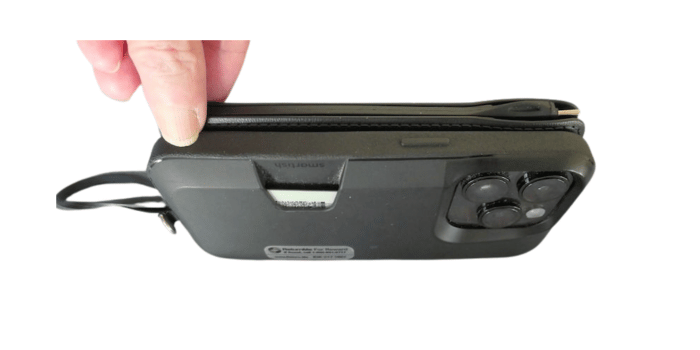
Conclusion
Packing light involves choosing items that are light and functional. Most data blockers are small and fit easily in a pocket or purse. The PortaPow 3rd Generation measures 4.4 by 1.6 centimetres (1.7 by 0.6 inches) and weighs 8 grams (0.3 ounces).
If you’re a frequent traveller, digital nomad, or location-independent worker and occasionally use public charging stations, a USB data blocker will allow you to power up with confidence.
Might you be interested in these related posts?
If you found this post helpful, please share it by selecting one or more social media buttons. Do you use a USB data blocker? In the comments, would you care to weigh in on other ways to protect your data? Thank you.
Care to pin for later?
Pinterest pin image: Alex Kotliarskyi at Unsplash
Some of the links in this post are affiliate links. This means that if you buy something using one of the links, you don’t pay more but this site earns a small commission that helps with the costs of maintaining the Packing Light Travel website. Thank you for your support.

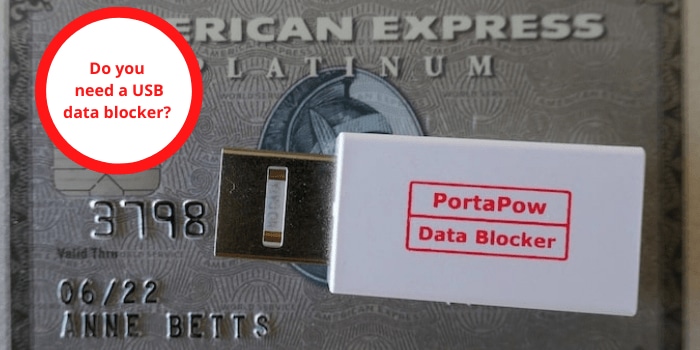
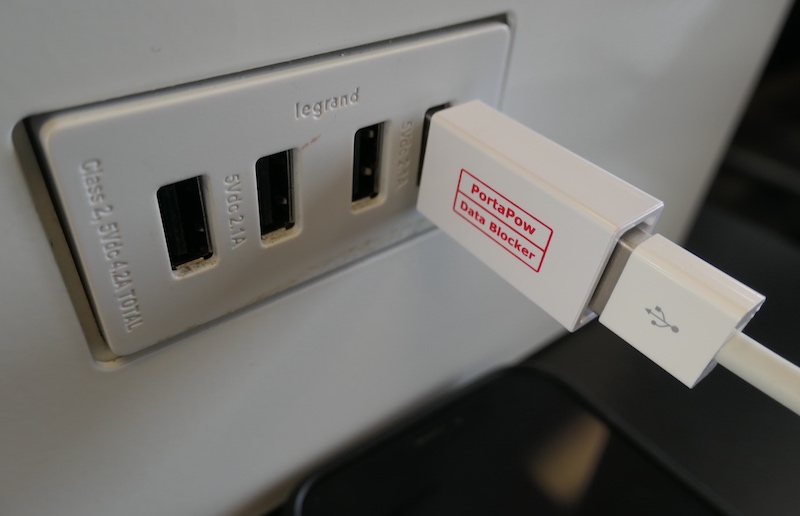
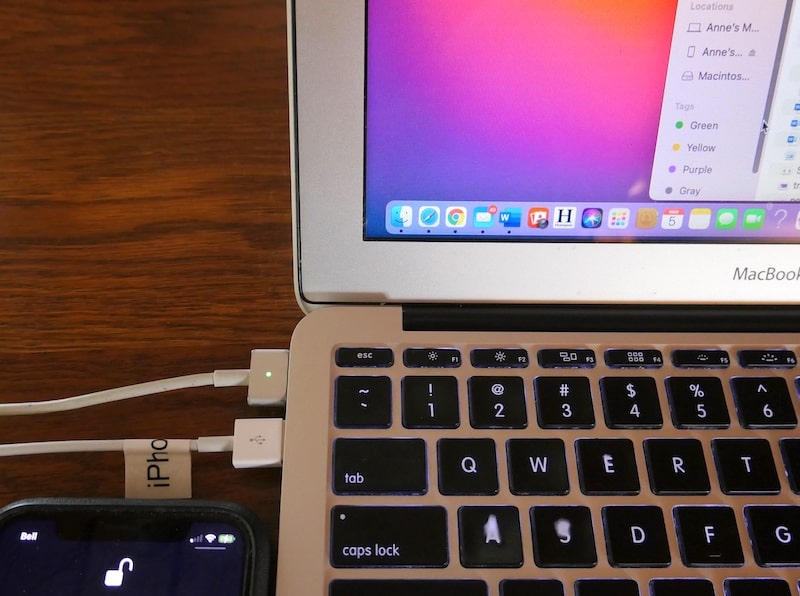

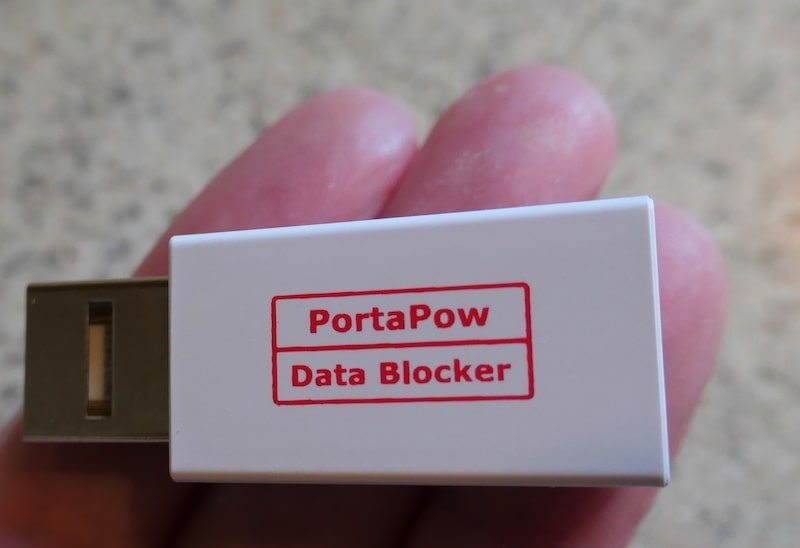
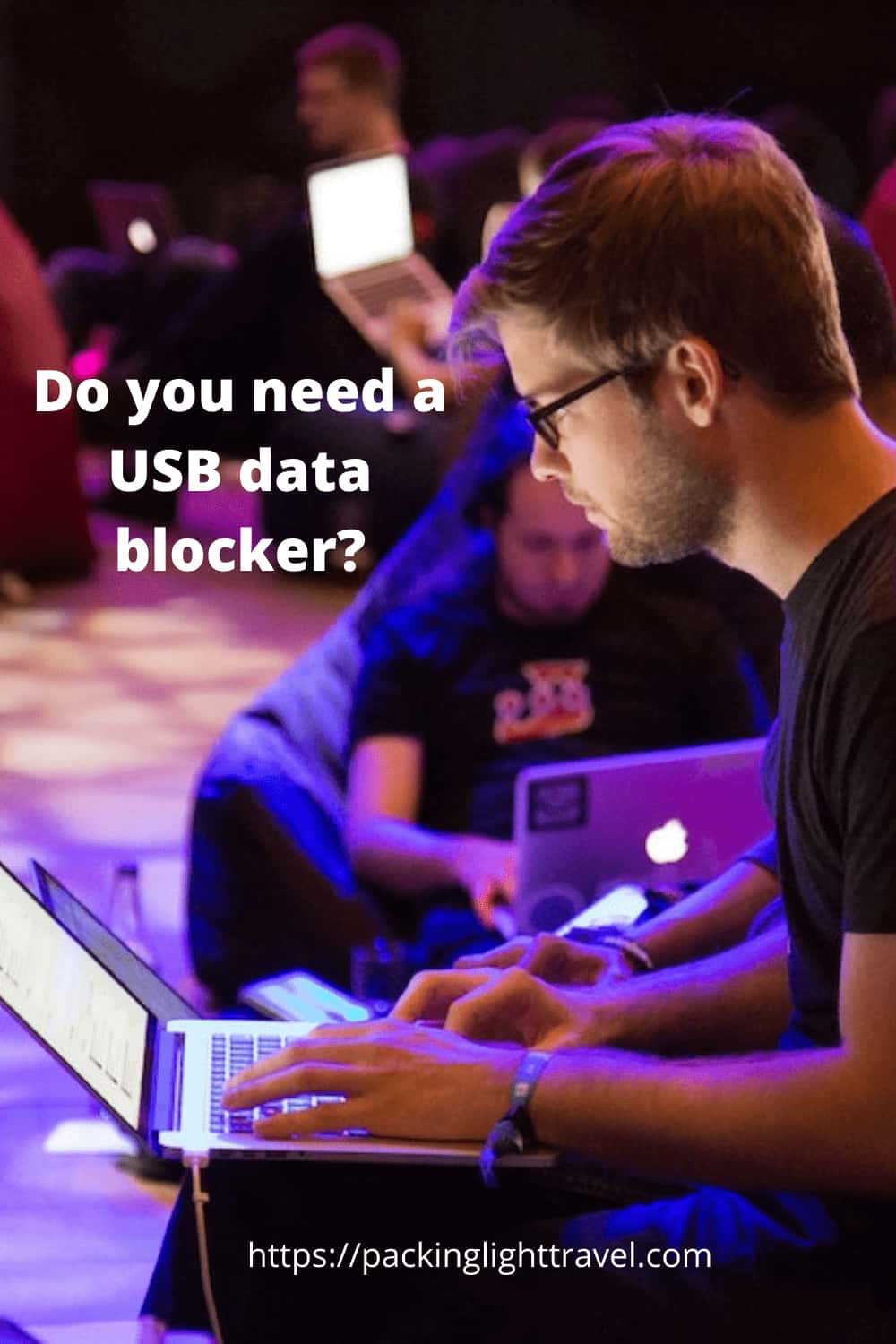




Thanks for the recommendation and the link to the data blocker, I just ordered a couple.
Thanks Rob. You won’t be disappointed. Mine came in a set of two as well. I only wanted one, but I travel with both in different pouches. They’re so small and lightweight, having two is convenient.